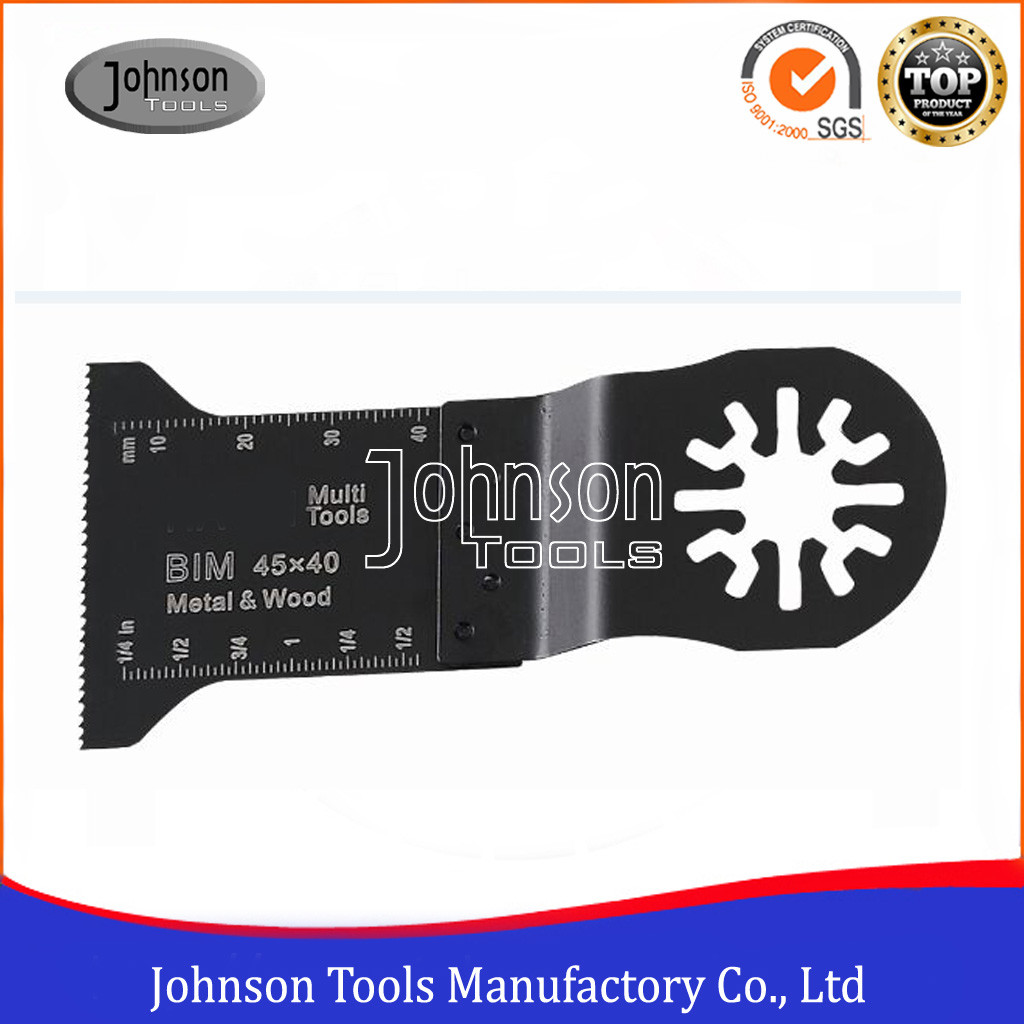

Keep in mind, the coarser the sandpaper, the rougher the sanded surface will be. The triangular-shaped sanding head or pad smooths rough wood in corners and will level uneven surfaces of wood or paint. Try a flexible scraper blade or triangular-shaped head with mating coarse-grit sanding pads. More specifically, consider a segment blade shape for working in corners and on edges without overcutting. Select a grinder blade for this tough task. Pointed design for grinding and rasping in tight corners Look for a blade with the following attributes: carbide-coated edge,Ĭoarse carbide-grit bottom for aggressive material removal over large surface areas, and a Another consideration is a triangular-shaped blade with pointed ends for grinding and rasping in tight corners Some blades come in 1/16” and 1/8” thicknesses to match grout widths. A diamond-coated blade saves you money as it lasts two to three times as long. Consider a blade with a Japanese tooth design for fast, clean, and precise cuts.įor small jobs, consider a carbide blade, and for larger jobs, try a diamond-coated blade. Your first choice should be a flush-cutting blade. It isn’t as fast as a wood-cutting blade, but it won’t be destroyed by hitting a hidden nail or screw. If there’s a chance, you’ll hit metal when cutting wood, used a bi-metal blade. Go with a straight cutting blade for push cuts or a multi-knife blade featuring a push/pull hooked design for fast, clean, controlled cuts The smaller-toothed blade cuts well, but can easily clog. A large-toothed blade cuts faster than a fine-toothed blade. One right choice is a chrome vanadium blade featuring a Japanese-style tooth design with a double row of alternating teeth. If the cut edges will be visible, a clean-cut is a must. When fine cuts are necessary, consider a blade with a Japanese tooth design for fast, clean, and precise cuts. The same blade used to cut carpet (above) can also be used for shingles.įor thicker metals, consider a hybrid blade like a titanium-coated model with carbide-embedded teeth for longer life. For more precise cuts, consider a bi-metal blade.Ī circular or semi-circular blade works well for cutting both sheet metal and plastics that might be prone to vibrating when cutting. Perfect for cutting openings for electrical boxes and recessed lighting, a bimetal or carbide-grit blade will cut the drywall and cut through a drywall nail or screw without dulling the blade.įor most plastic-cutting applications, a standard wood-cutting blade will suffice. Some blades come with a wavy tooth pattern to reduce strain on individual teeth for a superior cut.

Select a bi-metal blade for this application. Non-Ferrous Metal (does not contain Iron): Make sure to choose a bi-metal blade manufactured explicitly for cutting metals or a combination of wood and metal. Cutting metal with a blade created for cutting wood will dull the edge quickly. Some blades are designed with a special push/pull hooked design for fast, clean, controlled cuts.Ī bi-metal and a fine-toothed blade look similar.

Go with a scraper blade with a rounded convex edge.

The diamond coating provides a long-lasting and consistent cut. To cut concrete, brick, plaster, grout, or other porous materials, check out a diamond or carbide-grit blade. This is a tough job, so go with a carbide-grit grout removal disk or blade. An excellent choice is a rectangular-shaped blade with opposing precision-ground cutting edges. Some scraper blades are flexible and ideal for scraping light material.


 0 kommentar(er)
0 kommentar(er)
